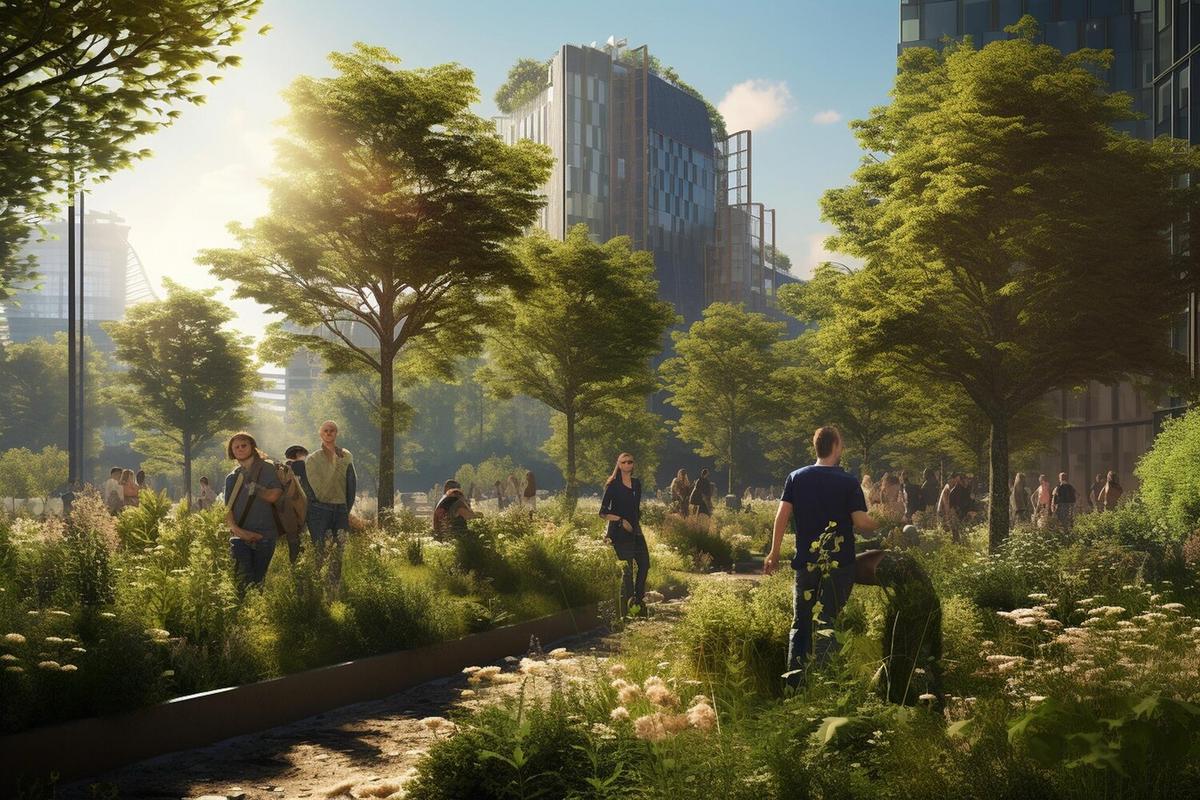
Future Trends in Sustainable Urban Planning
As urban landscapes continue to evolve, the quest for sustainability in urban planning has become more crucial than ever before. This shift towards eco-friendly cities is not just a trend but a necessity, driven by the urgent need to address climate change, resource depletion, and the growing demand for healthier living environments.
Sustainable Urban Planning: A New Horizon
Sustainable urban planning is rapidly transforming the way cities are designed and developed. According to the United Nations, cities occupy just 3% of the Earth’s land but account for 60-80% of energy consumption and 75% of carbon emissions. This staggering statistic highlights the urgent need for innovative approaches in urban planning to mitigate environmental impact and foster sustainability.
Expert Insights
Renowned urban planner Peter Calthorpe emphasizes the importance of designing cities with a focus on walkability and public transit. He argues that reducing reliance on cars can significantly lower urban carbon footprints while enhancing quality of life.
Emerging Trends in Sustainable Urban Planning
- Green Infrastructure: Incorporating green spaces, green roofs, and urban forests to enhance biodiversity and improve air quality.
- Smart Cities: Utilizing technology to optimize energy use, reduce waste, and improve urban services.
- Mixed-Use Developments: Creating neighborhoods that blend residential, commercial, and recreational spaces to reduce travel distances and encourage community interaction.
- Renewable Energy Integration: Implementing solar panels, wind turbines, and other renewable energy sources to power urban areas sustainably.
Personal Anecdotes and Examples
Take the example of Curitiba in Brazil, a city renowned for its innovative bus rapid transit system. By prioritizing public transport and pedestrian-friendly spaces, Curitiba has set a benchmark for sustainable urban development worldwide.
Actionable Tips for Sustainable Urban Planning
- Prioritize energy-efficient building designs to minimize resource consumption.
- Foster community engagement in planning processes to ensure developments meet local needs.
- Leverage data analytics to monitor and improve urban sustainability metrics.
Comparison Table: Traditional vs. Sustainable Urban Planning
| Aspect | Traditional Planning | Sustainable Planning |
|---|---|---|
| Transportation | Car-centric | Public transit-focused |
| Energy Use | Fossil fuels | Renewable sources |
| Land Use | Single-use zoning | Mixed-use development |
| Infrastructure | Concrete and steel | Green infrastructure |
| Community Engagement | Top-down | Inclusive and participatory |
| Biodiversity | Low priority | High priority |
| Waste Management | Linear systems | Circular systems |
| Water Management | Conventional systems | Water-sensitive urban design |
Frequently Asked Questions
What is sustainable urban planning?
Sustainable urban planning involves designing cities in a way that promotes environmental health, economic vitality, and social equity.
Why is green infrastructure important?
Green infrastructure helps manage stormwater, reduces urban heat, and improves air quality, contributing to healthier urban environments.
How can technology aid sustainable urban planning?
Technology can optimize energy use, enhance public services, and provide data-driven insights for better decision-making in urban planning.
Conclusion
Sustainable urban planning is not a distant vision but a present-day necessity. As we look to the future, integrating green infrastructure, embracing technology, and fostering community engagement will be key to creating cities that are not only livable but also resilient and environmentally friendly. By adopting these practices, we can ensure that urban areas thrive while safeguarding the planet for future generations.


